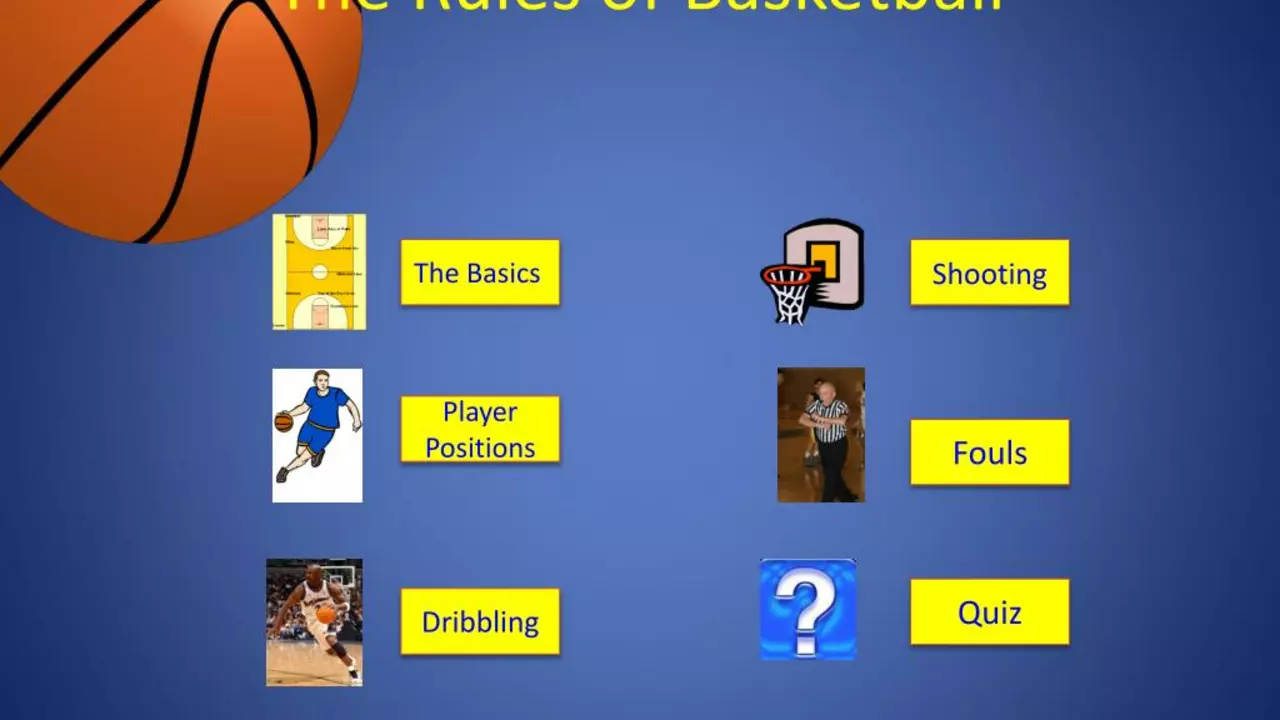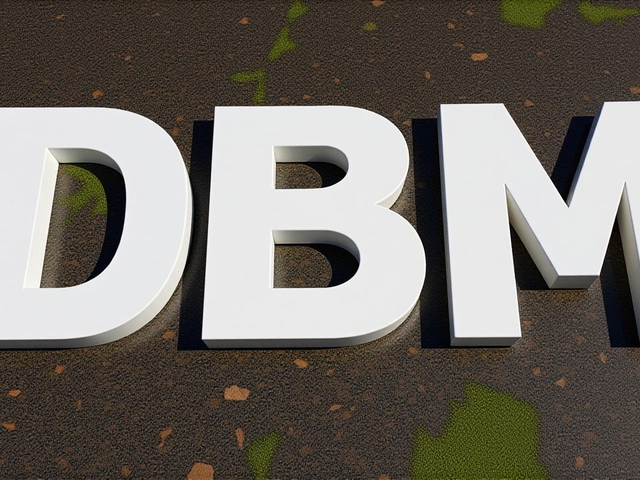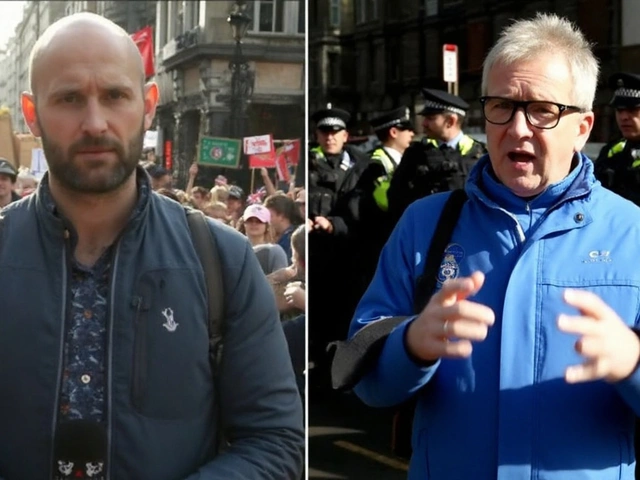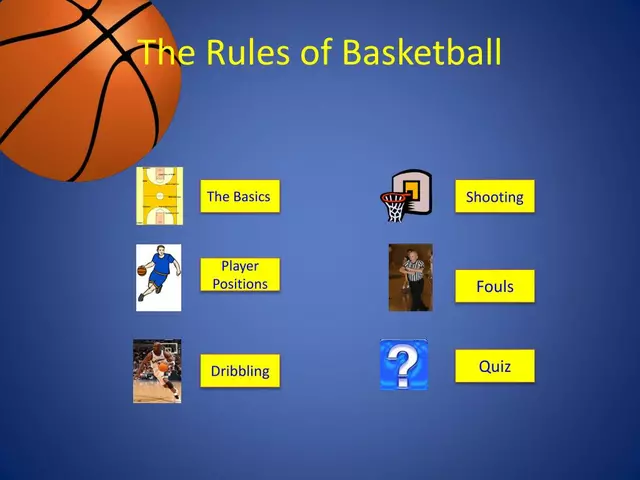Sports Regulations: What Every Basketball Fan Needs to Know
Ever wondered why a high‑school game seems to end sooner than a pro match, or why college players have to be a certain age? Those quirks are all part of sports regulations – the rule‑book that keeps the game fair and safe. Below you’ll find the most useful bits of the rule‑book that affect players of all levels, from rookies trying to make a junior varsity squad to seasoned pros eyeing the NBA.
Understanding Core Basketball Rules
First up, the basics that you’ll see on the court every night. A standard high‑school game lasts about 1.5 hours – four quarters of eight minutes each, plus short breaks and a halftime intermission. Overtime adds a five‑minute period, and time‑outs can stretch the clock a bit longer. That’s why a high‑school match feels quicker than a college or NBA game.
When you step onto the court, the shot clock starts the action. In high‑school, you’ve got a 30‑second shot clock; in college it’s 30 seconds as well, while the NBA uses 24 seconds. The difference changes how fast teams move the ball and can swing the game’s pace dramatically.
Fouls are another hotspot. After five personal fouls, a player is disqualified in most leagues. In college, the “bonus” situation gives free throws after the seventh team foul each half. Knowing when the bonus kicks in helps coaches manage foul trouble and keep key players on the floor.
Navigating Eligibility & Age Limits
College basketball has its own set of regulations that can catch newcomers off guard. The NCAA requires Division I athletes to be at least 19 years old during the calendar year of the season and to have completed one year of college enrollment before they can suit up. There are exceptions – for example, a military service member or a religious mission participant – but the default rule keeps the field level for older, more mature players.
If you’re aiming for a spot on a freshman or junior varsity team, the path is straightforward: show up, train hard, and demonstrate teamwork. Coaches look for stamina, skill, and the right attitude. Think of Michael Jordan’s work ethic: relentless practice, a positive mindset, and the willingness to put the team first.
Professional leagues like the NBA have different criteria. While there’s no strict age limit, players must be at least 19 years old and one year removed from high school (the “one‑and‑done” rule). This rule was created to give athletes more time to develop physically and mentally before facing NBA competition.
Lastly, remember that rules aren’t static. They evolve with the sport – new safety protocols, changes to the three‑point line distance, or adjustments to the foul system can happen season to season. Staying up‑to‑date means checking the latest rulebook from your governing body, whether it’s the National Federation of State High School Associations (NFHS) for high‑school play or the NCAA for college hoops.
Understanding these regulations helps you avoid surprises, stay eligible, and play smarter. Whether you’re a parent signing your kid up for a try‑out, a player planning the next season, or a fan wanting to know why the clock stops when it does – the rule‑book is your backstage pass to the game.

In my opinion, the most unnecessary rule in basketball has to be the "five-second closely guarded" rule. This rule states that if a player is guarded for five seconds, they must either pass, shoot, or dribble the ball. It seems pointless because it often leads to unnecessary turnovers and disrupts the flow of the game. Plus, other rules already prevent stalling or excessive holding of the ball. So, why do we need a rule that punishes a player for simply being guarded?




